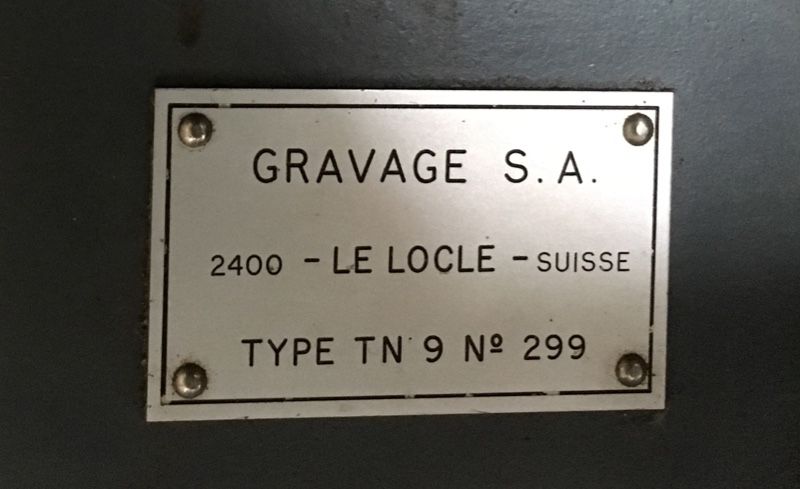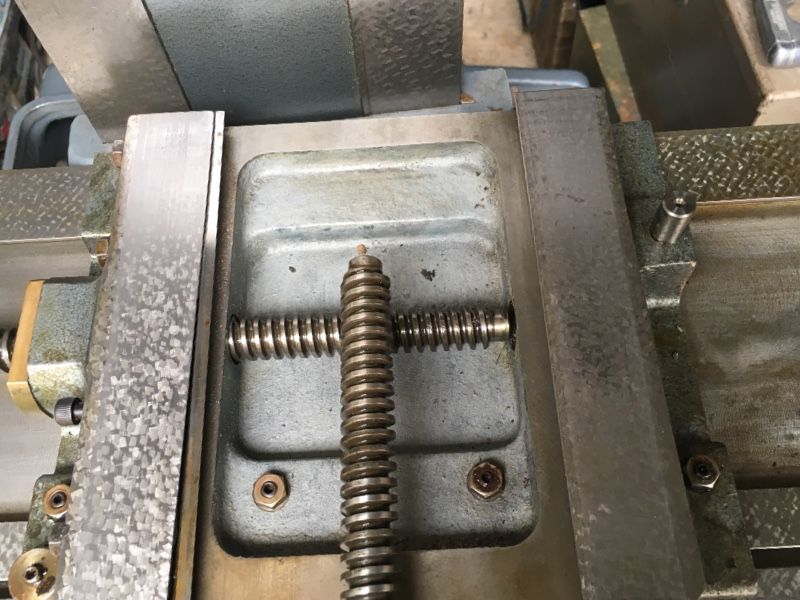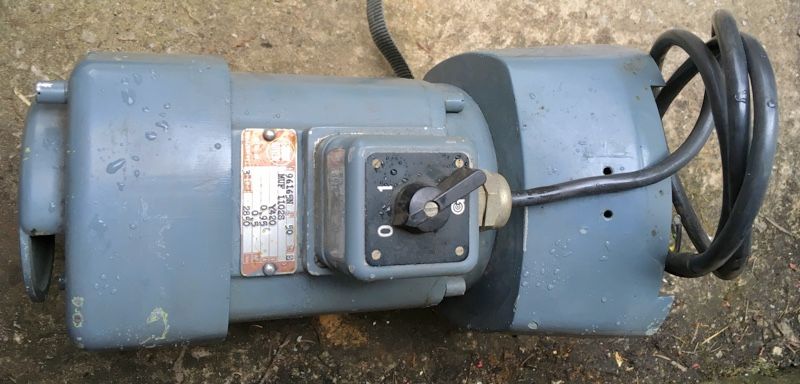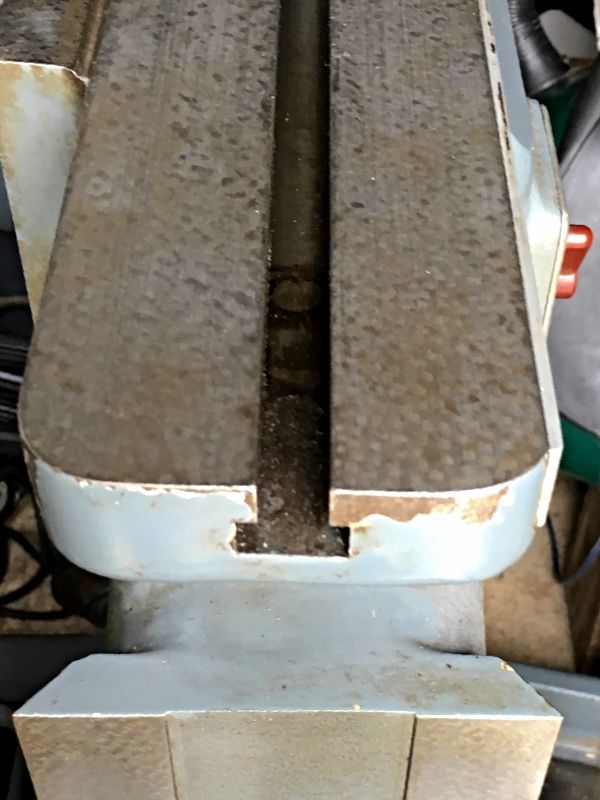I don't think you need to do this really Michael. The field weakening will occur above the normal frequency because inverters currently can't provide the extra volts needed to provide the motor's rated current.
In fact I think you are handicapping yourself if you use it to reduce speed because the actual power available = ability to do work / hp / kw is reduced proportionally with speed as the motor isn't rated for higher currents to enable it to produce the same power output that it has at normal speed.
There is another factor as well. Are the motors less powerful in the USA? They are not, they just run 20% faster. An interesting aspect in some ways even at higher frequencies where the current will have dropped as the paper suggests. However if the load on the motor is increased the slip will increase and that would normally increase the current even to a point where it would overheat and burn out if left like this for long enough. In this region inverters tend to stop that from happening so they just leave the problem of reduced speed = less cooling on normal motors so they can overheat even at their rated current.
Where you might want the constant torque set up suggested in the paper was if you were feeding super fine rice paper in some oriental marshal arts temple at various rates for trainees to walk on running machine style leaving no foot prints. Sorry about the example but I suspect some watched this
**LINK**
Maybe they have less space these days so need a sort of running machine.
None of this is needed on a machine tool. As the current is reduced it might help control heating effects at slower speeds. It would be possible to get some idea of the degree via the ratio of normal torque to the level it's reduced to but fan speed will drop off so that simple approach goes out of the window.
 I did get Brooks to say verbally via the person I was talking to that he thought none of their motors would have a problem at 2,800 rpm. From the conversation I assume this is based on armature bursting concerns. I doubt if they would put this in specs. I settled on a safety margin of 80Hz. Maybe Siemens think it can be higher.
I did get Brooks to say verbally via the person I was talking to that he thought none of their motors would have a problem at 2,800 rpm. From the conversation I assume this is based on armature bursting concerns. I doubt if they would put this in specs. I settled on a safety margin of 80Hz. Maybe Siemens think it can be higher.
John
–
 Michael Gilligan.
Michael Gilligan.







 I thought i had decided to buy a lower powered one but on getting it out it's 3HP. I was going to sell it but have decided to keep it. I used it on a Raglan without any problems at all.
I thought i had decided to buy a lower powered one but on getting it out it's 3HP. I was going to sell it but have decided to keep it. I used it on a Raglan without any problems at all.

